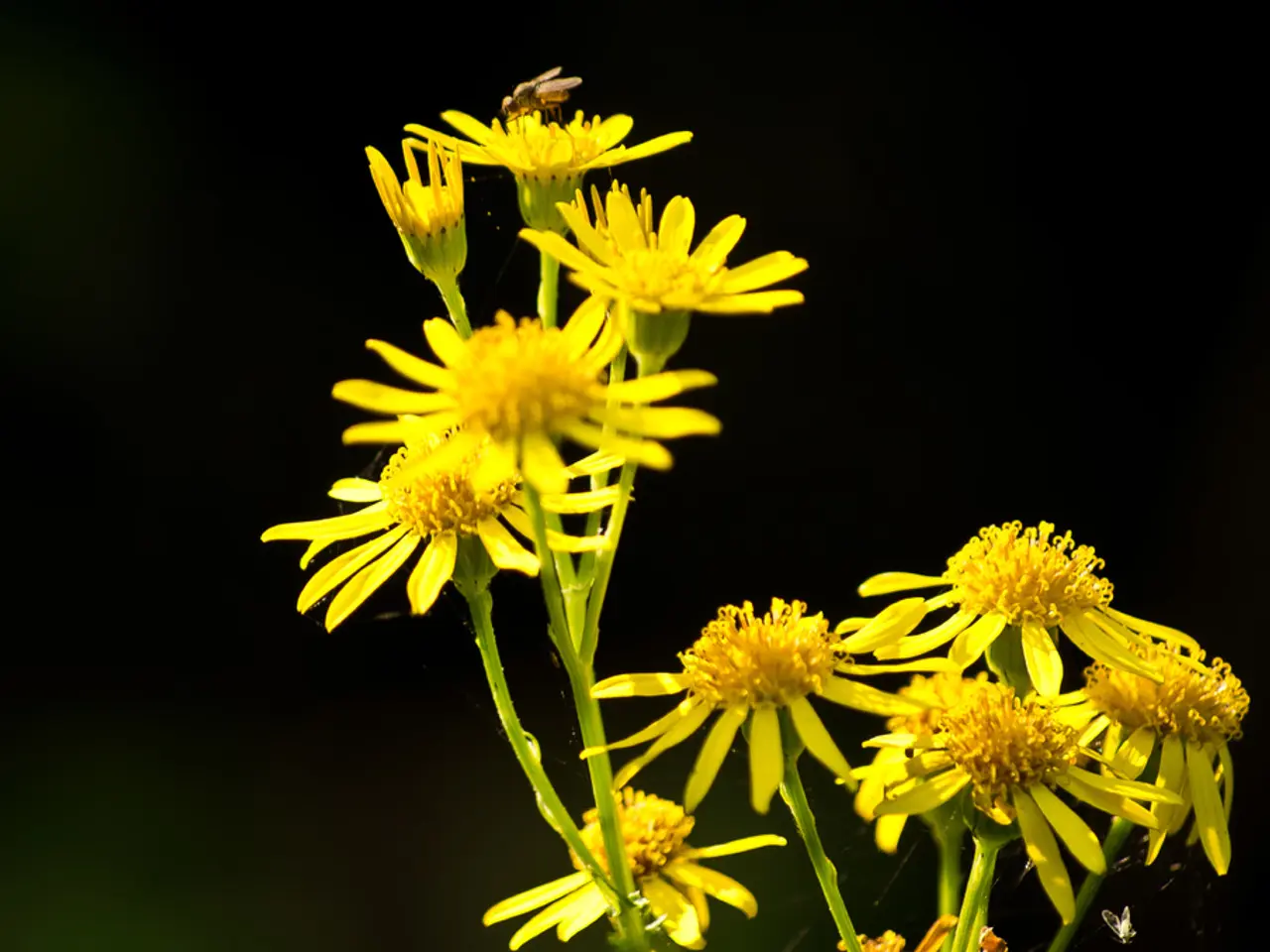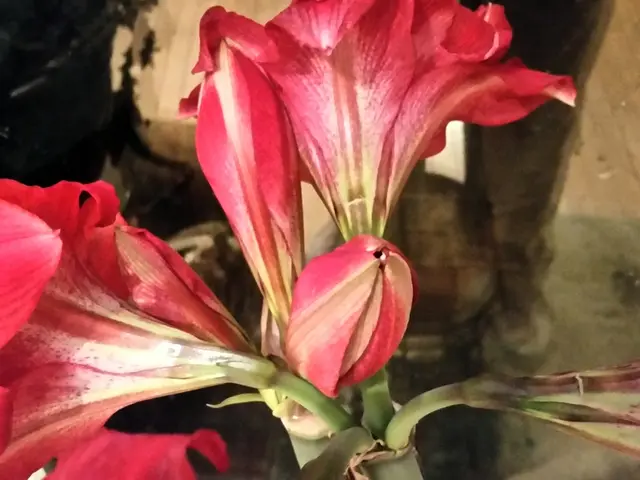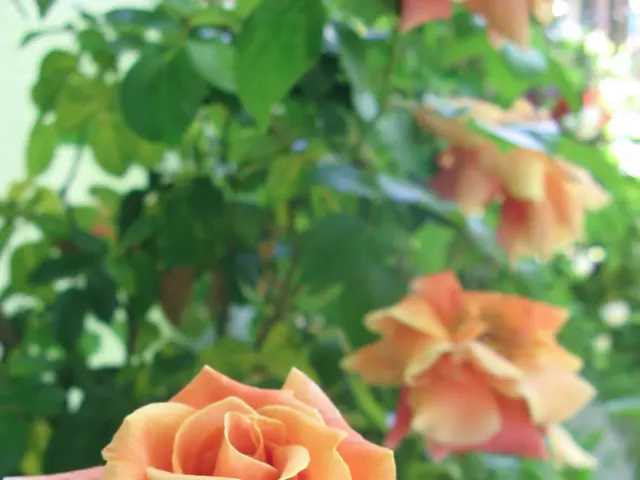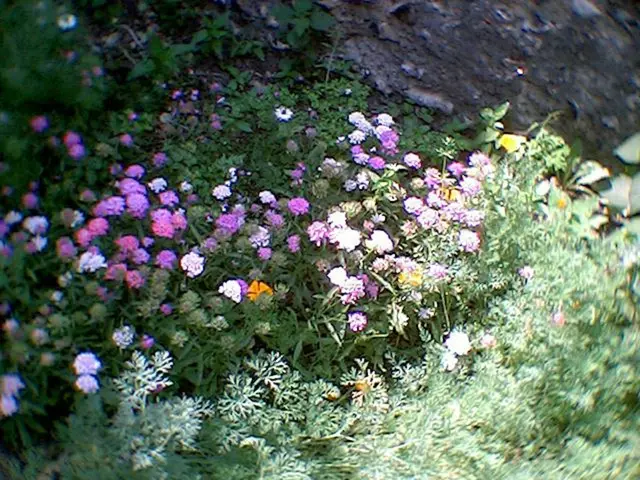Strategies for Assisting Pollinators During a Heatwave: Establishing a Haven for Bees, Butterflies, and other Species
In the face of increasingly frequent heatwaves, it's essential to ensure our gardens remain a haven for pollinators such as bees, butterflies, moths, hummingbirds, and other beneficial insects. Here are some practical methods and supportive products to help you create a pollinator-friendly garden that can withstand the heat.
**Methods:**
1. **Provide Shade:** Utilise shade structures like 50–80% density shade cloth systems or strategically plant deciduous trees to create cooler microclimates for pollinators. These shade solutions offer seasonal relief—cooling in summer while allowing winter sunlight.
2. **Water Sources:** During heatwaves, pollinators need water. Provide shallow water sources with stones or floating materials to ensure bees and butterflies can land safely without drowning.
3. **Create Basking and Cooling Spots:** Butterflies need warm surfaces to bask but can be damaged by overheated ground. Place flat, wide, light-coloured stones in sunny spots for basking in the morning, but avoid dark stones that get too hot. Additionally, include cooler shaded areas for pollinators to escape heat.
4. **Plant Pollinator-Friendly Flowers:** Choose native, drought-tolerant, and heat-resilient plants that bloom during summer. Examples include bee balm, borage, milkweed, and other native wildflowers that sustain bees, butterflies, and hummingbirds.
5. **Wind and Weather Protection:** Provide natural shelters like layered plants of varying height, log piles, or rock collections. Plant shrubs and trees around the garden perimeter to act as windbreaks which protect pollinators from harsh winds during heatwaves.
**Products and Garden Additions:**
1. **Shade Cloths:** Adjustable shade cloth systems allow you to modulate sunlight exposure as needed for different seasons.
2. **Basking Stones:** Light grey or beige stones placed in sunny spots provide safe warming spots for butterflies.
3. **Natural Shelters:** Use logs, rocks, and patches of tall grasses to create refuges instead of relying on artificial pollinator houses.
4. **Water Mats or Bee Baths:** Shallow water dishes fitted with pebbles or floating corks provide safe drinking spots.
5. **Heat-Tolerant Plant Varieties:** Select plants known for withstanding heat and supporting pollinators through nectar and pollen, ensuring your garden remains a reliable food source even during heat stress.
6. **Bee Cups Bee Nurseries:** Handmade from porcelain, these bee homes can be sterilised and reused next season.
By combining shading structures, water provision, protective planting, and suitable pollinator plants, your garden can sustain vital pollinators through heatwaves, maintaining biodiversity and promoting healthy ecosystems.
Sticking with native species in your garden should help it survive heatwaves and continue feeding pollinators. Consider putting up a bee house or making a DIY bug hotel for bees to nest or hide from the heat of the day. Use drought-tolerant species in your landscaping, especially if your area is prone to droughts. Evening watering allows plants to take up and use more water during a heatwave. Watering plants in the morning or during the day may result in most of the water evaporating.
- Embracing environmental-science principles, homeowners can convert their backyards into climate-change oases by implementing methods such as providing shade, installing water sources, creating basking and cooling spots, planting pollinator-friendly flowers, and providing wind and weather protection.
- To ensure a sustainable lifestyle, gardening enthusiasts should focus on selecting heat-tolerant plant varieties that are known for maintaining their appeal to pollinators even during extreme heat.
- By incorporating products like shade cloths, basking stones, natural shelters, water mats or bee baths, and bee cups bee nurseries into their gardens, homeowners can promote an environment-friendly lifestyle while creating a welcoming haven for pollinators.








